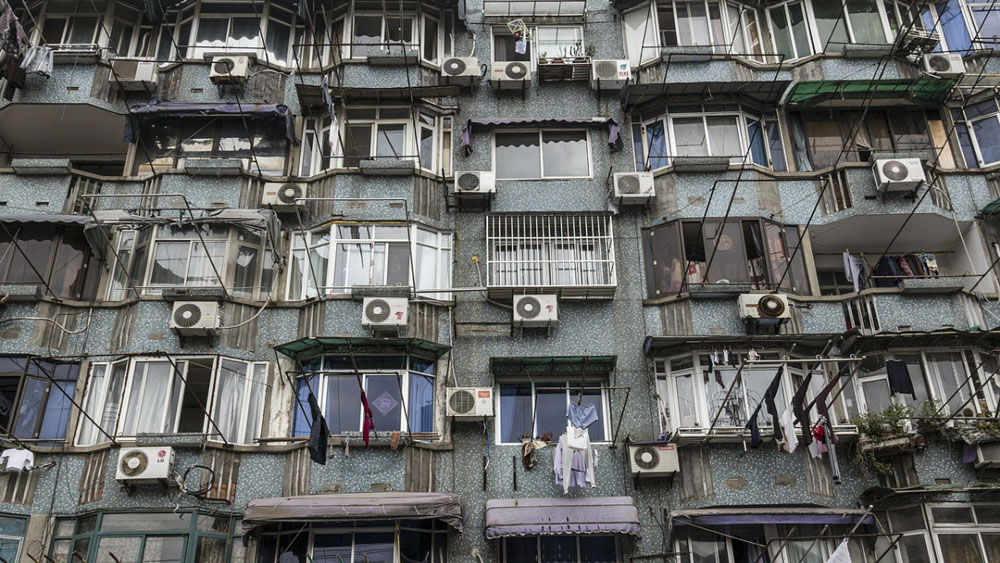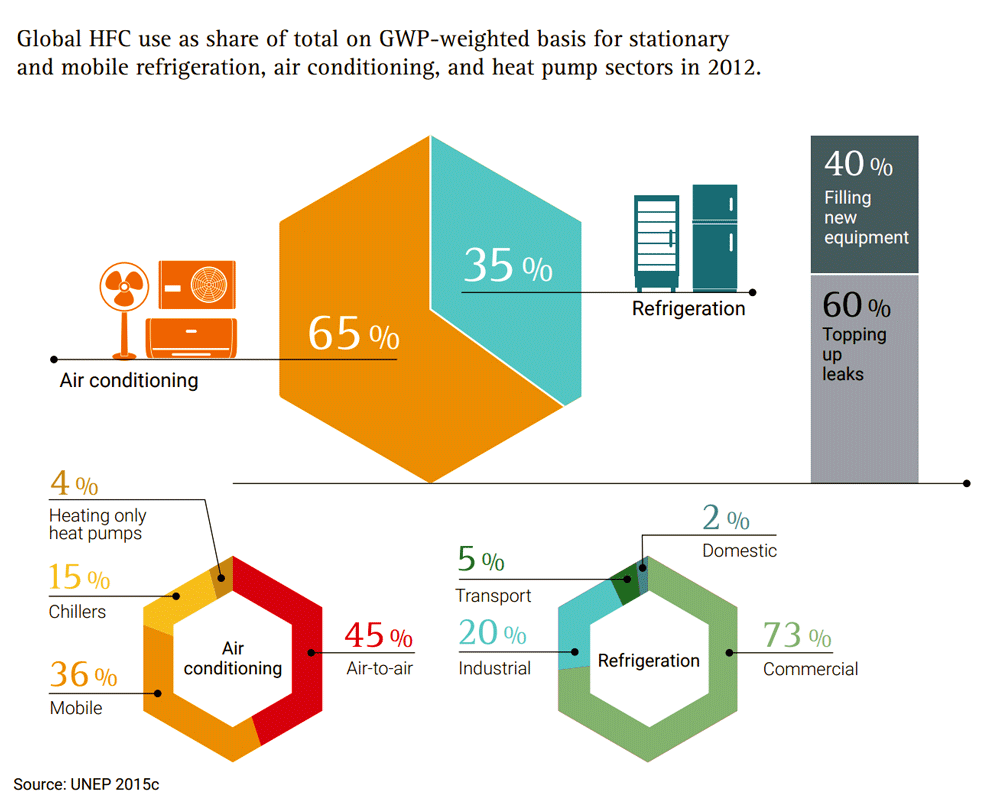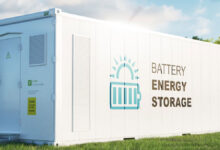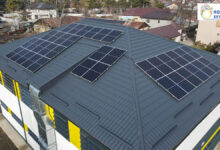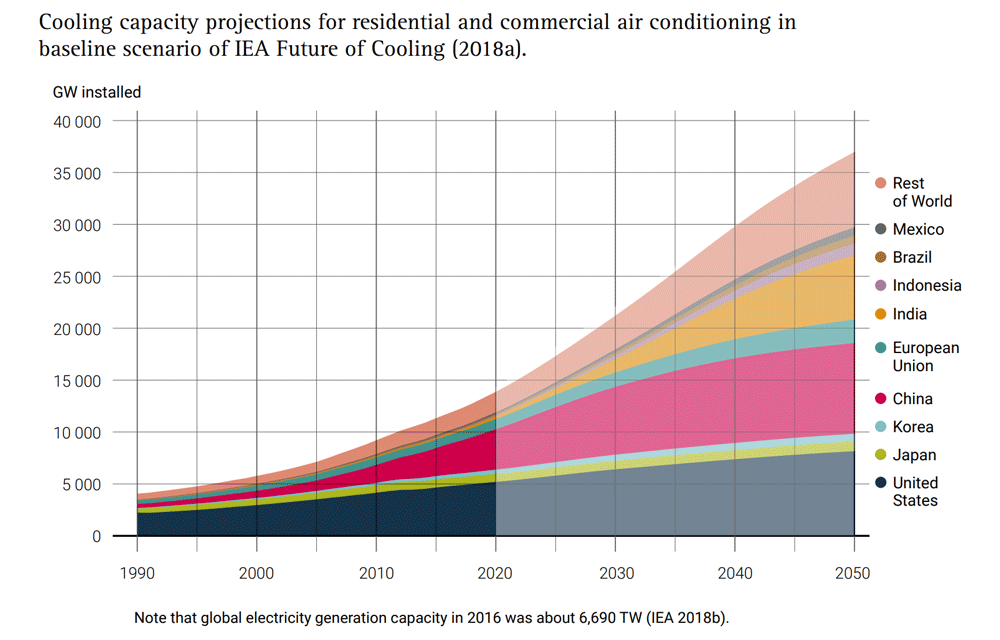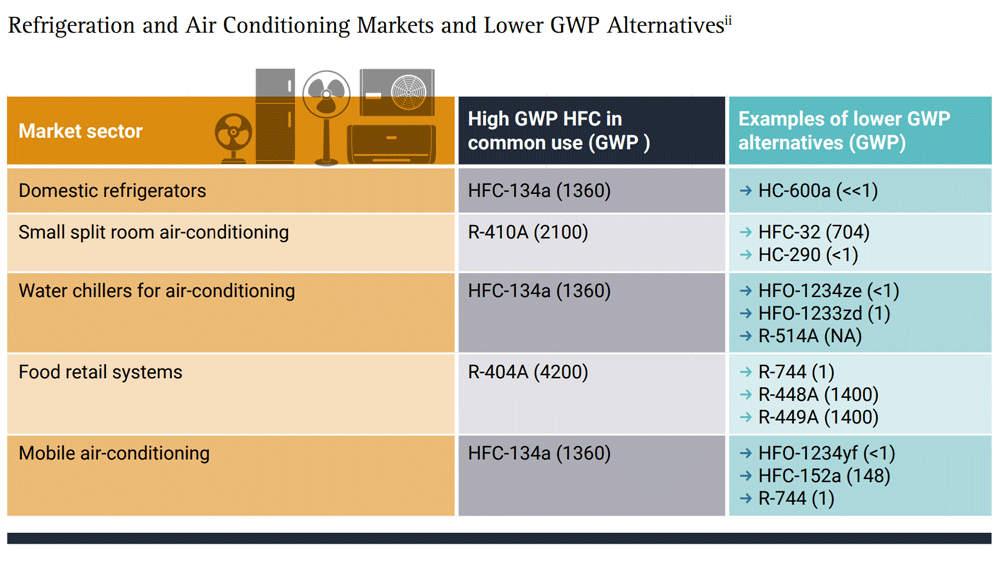Streamlining Air Conditioning: CO2e Emissions to Drop by up to 460bln Tons
Air conditioning systems of vehicles emit annually, at global level, around 420 million tons of CO2 equivalent emissions (MtCO2e). This quantity is estimated to increase to 1.3 giga tons of CO2 equivalent (GtCO2e) by 2050, in absence of new measures to limit emissions, according to a report by the International Energy Agency (IEA). By increasing the efficiency of air-cooling industry, in the following four decades, at global level, CO2e emissions could drop by maximum 460 billion tons, a quantity equivalent to eight times the greenhouse gas emissions emitted in 2018.
However, even if by 2050 the number of heavy vehicles in traffic is expected to increase significantly, polluting emissions coming from the air conditioning systems could drop by 20% compared to the current level, following the improvement of efficiency and switching to the use of refrigerants with a low GWP (Global Warming Potential) index. This index, which is a relative measure, indicates the degree of warming of a greenhouse gas in the atmosphere. As of 1 January 2017, the use of all fluorinated greenhouse gases with a GWP greater than 150 in new vehicles placed on the market in the European Union has been completely banned. Globally, air conditioning systems on light vehicles consume between 3% and 7% of total fuel consumption, but can reach up to 40% in areas with hot or humid climate.
Reduction of CO2e emissions by up to 460 billion tons of CO2e involves reducing the carbon footprint with a value between 210 billion tons and 460 billion tons and streamlining air conditioning systems and moving to refrigerants with zero impact on the environment.
Additional costs of USD 2,600 billion
Access to the air-cooling systems contributes to the reduction of losses of good and waste quantities, stimulating food safety and reducing the related emissions. The Food and Agriculture Organization of the United Nations (FAO) estimates that wasting food and waste cause up to 8% of total greenhouse gas emissions, and eliminating them would reduce costs by up to USD 2,600 billion per year.
The lack of adequate cooling chains is responsible for about 9% of lost perishable food production in developed countries and 23% in developing countries. Under these circumstances, changing consumer behaviour, improving access to the air-cooling industry and agricultural practices would avoid the release into the air of 93.7 GtCO2e between 2020 and 2050, of which the potential impact of improving the cooling chains could be 19-21 GtCO2e.
15 Billion units operational by 2050
Currently, it is estimated that, at global level, about 3.6 billion air conditioning systems are operational, and by 2050 their number would reach 15 billion units.
By doubling the efficiency of systems, energy savings could reach 1,300 GW, the equivalent of the entire production in China and India in 2018, used to produce hydrocarbons.
New construction offers the best opportunity for building design optimization, including orientation and window placement to reduce the heat entering a building (IEA 2013). Improvements in the energy efficiency of building envelopes – components of a building’s structure such as insulation, walls, roofs and windows – could reduce energy for cooling in hot climates by 10 to 40%.
Low- and no-cost building energy management practices can further reduce energy demand. These include best practices for operations and maintenance, such as replacing filters monthly, cleaning coils and keeping vents clear from obstruction, as blocked vents alone can increase energy use by over 25%. Use of metering systems, for example brought by district cooling systems, make building end-users aware of cooling consumed monthly, thus leading to better management of their internal cooling systems.
Simple measures such as adjustments in thermal comfort levels and better ventilation, along with more active measures such as choosing part-time, part-space equipment rather than centralized cooling equipment, could reduce energy demand by up to 80% (Zhou, Yan and Shi 2017). India has issued guidelines to encourage increasing temperature set points to 24°C in commercial buildings, which can save 20% in annual energy consumption compared to a 20°C set point (India, Ministry of Environment, Forest and Climate Change 2019). Making roof surfaces and pavements more reflective and increasing vegetation cover helps to counteract the effects of urban heat islands. On a typical sunny summer afternoon, a clean white roof that reflects 80% of sunlight will stay about 30°C (55°F) cooler than a grey roof that reflects only 20% of sunlight (LBNL n.d.). The IEA estimates that well-designed cities could save 25% of the energy used for heating and cooling.
Refrigeration opportunities
The energy use of refrigerating appliances can be improved by 50-60% by using the best technologies on the market compared to average units in countries with existing energy efficiency policies. Developing countries could attain energy savings of more than 60% by discouraging dumping of inefficient equipment in their markets and adopting measures such as minimum energy performance standards.
Supermarkets can improve the energy efficiency of their refrigeration systems by 15 – 77%, depending on type of system in use. Demonstration projects of low-GWP alternatives to HFCs presented by the Climate and Clean Air Coalition (CCAC) calculated energy savings of 15% to 30% and CO2 reductions of 60% to 85% for refrigeration in commercial food stores. Doubling the efficiency of air cooling would reduce the need for 1,300 GW by 2050.
Mobile cooling opportunities
Studies suggest potential energy efficiency improvements of 55-63% in Mobile Air Conditioning efficiency. Innovative technologies like secondary loop MACs allow a greater choice of affordable low-GWP refrigerants while reducing charge size and leak rates, which save consumers money on service and fuel, according to the cited study.


